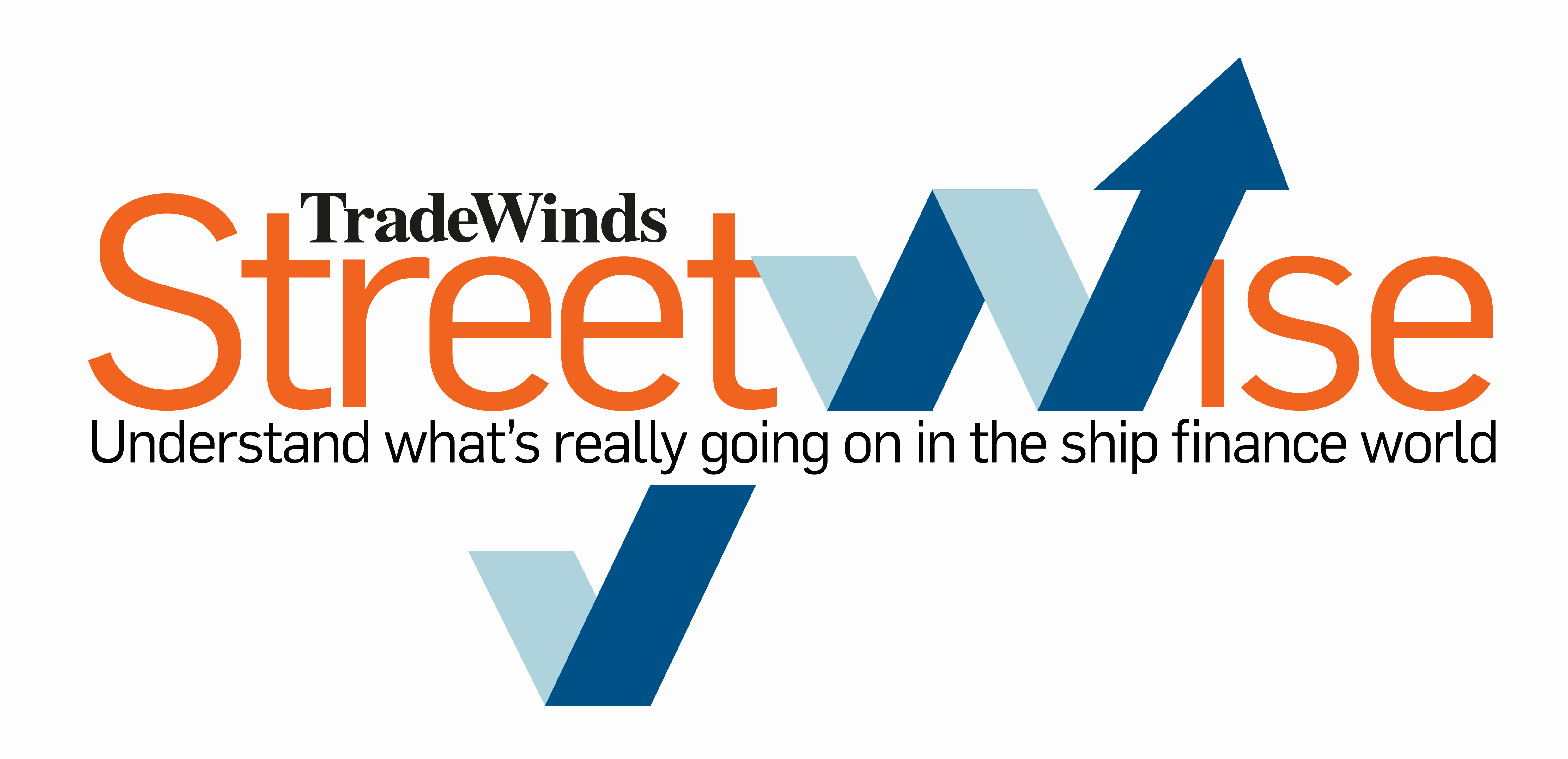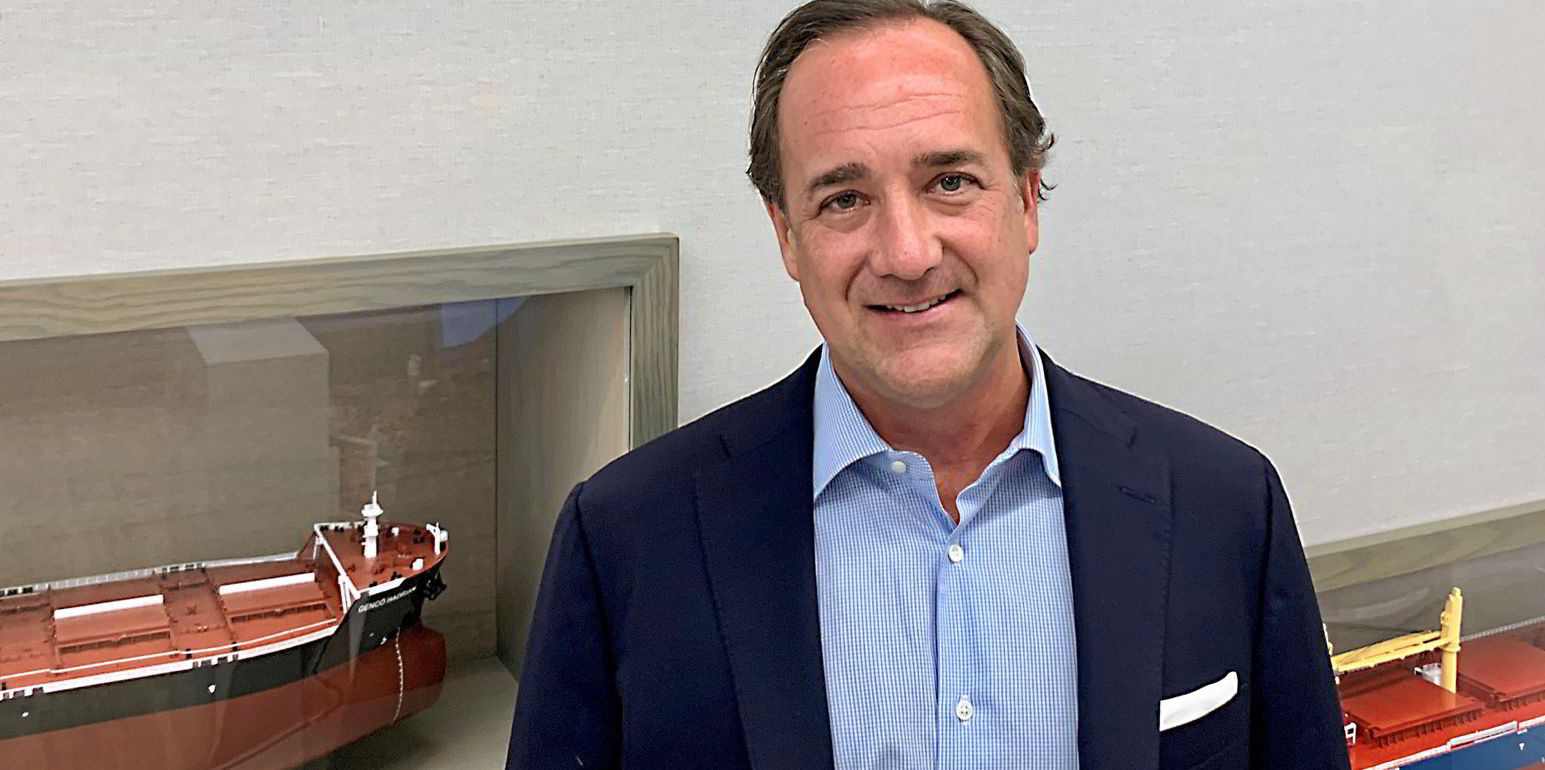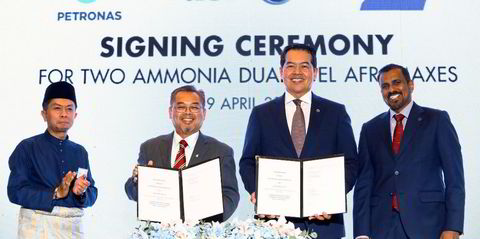They’re too “sticky”.
Secondhand bulker prices, that is. And that is keeping New York-listed owner Genco Shipping & Trading away from the sale-and-purchase market for the time being, despite a stated goal of fleet growth.
Speaking on a quarterly earnings call this morning, Genco chief executive John Wobensmith became the latest prominent voice in the dry trade to acknowledge a disconnect between a trough market for rates and a relative buoyancy in secondhand prices.
“The value side has been pretty interesting,” he said in answer to a question from Jefferies lead shipping analyst Omar Nokta.
“I can’t remember a time I’ve seen values be so sticky with where freight rates went on the downside.
“I look at it as very positive that not just the equity markets but the private shipowning market sees better times coming, which is why those values have held up.”
As TradeWinds reported earlier on Thursday, owners have told shipbrokers they are concerned about the disconnect, even though valuations have fallen 30% since their peaks in the first half of 2022.
Wobensmith used the valuation issue to support a thesis that the current woes of the dry trade will be short-lived. A rebound in rates over the past week is a harbinger of change rather than a blip, in his view.
“I think you’re just seeing a recovery off some very low numbers,” he told Nokta.
“I think you’re seeing the beginning of a recovery across the board. You’re seeing it in midsize ships, we’re seeing it in the paper market, with Brazilian exports, as we’re going to have a record soybean season.
“I do believe that China is reopening in two stages. The first is the actual reopening and service sector picking up, and in the second half of the year there will be all the stimulus, and we believe more to come, that the Chinese government is involved in will help the steel sector and iron ore imports.”
Wobensmith’s belief in a recovery of the iron ore trade underpins his view that change is coming for the earnings performance of capesizes versus supramaxes, which have outperformed the bigger bulkers over the past 18 months.

“The two main commodities for capes are iron ore and coal,” he told BTIG analyst Greg Lewis. “We still think the coal trade is going to be firm, and the reopening of China will help iron ore.
“The relationship between capes and supramaxes has moved against historical standards.
“I think you’re going to see that move back into a more normalised sphere this year and next year. You’re going to see more of a normalised spread, but a rising tide lifts all boats.”
Genco’s fleet consists of 17 capesizes, 15 ultramaxes and 12 supramaxes with an aggregate capacity of 4.6m dwt and an average age of 11 years.
Despite the valuation issue, the company is generally looking towards fleet renewal, with thoughts of replacing three older supramaxes in the 55,000-dwt region and four capesize units of just under 170,000 dwt, Wobensmith said.





